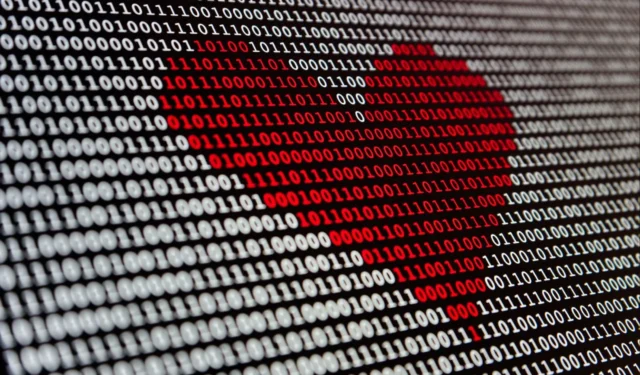
Users are exposed to advanced large-scale risks on a regular basis with artificial intelligence (AI) at the helm of automation. Data drives today’s technology world, which also powers artificial intelligence and its ideas. Without suitable regulations in place, AI may cause more harm than benefit, making it critical for users to take precautions.
The most serious issue is the preservation of data privacy. Artificial intelligence models make use of a wide range of data sets gathered from people all around the world. While developers and organizations are accountable for controlling data gathering and providing transparency, AI behavior can be unanticipated at times.
Because systems based on artificial intelligence algorithms manage so much data, a compromise in this situation can potentially result in permanent damage. As a result, it is critical for users to safeguard themselves in any manner they can.
The next portion of the article includes a list of things one may do to overcome dangers driven by artificial intelligence to assist users in enforcing a safe platform for themselves in the era of automation.
Methods for enforcing cybersecurity in the age of AI-driven automation
Before we go into the defense systems, consider how artificial intelligence might cause adverse effects in today’s world.
Contemporary information systems employ huge data volumes, which can lead to a number of issues. For starters, there may be a lack of communal representation – a lack of data diversity – which can lead to intolerable inaccuracy. Second, the utilization of huge data sets poses a higher privacy risk in the event of a data breach.
Additionally, artificial intelligence-based systems embrace automatic learning based on datasets, which might lead to uncontrolled conclusions. Users may not wish to reveal such conclusions about themselves, or the deduction may be incorrect in the worst-case situation.
Here are a few measures you may take to safeguard your data from such threats:
1) Use VPN
Virtual Private Networks (VPNs) offer users with an anonymous and secure internet connection, allowing them to access the web without accidentally revealing their identify or personal information.
That isn’t a surefire method because some VPN services (especially free ones) are unstable. That is, however, the simplest approach to protect oneself against bots and organizations that track information.
2) Have numerous email addresses and maintain one for personal use only.
Establish distinct email accounts for personal, work, and e-commerce purposes. This manner, you may protect your personal data against breaches that harm the websites you signed up for or the businesses with whom you do business.
3) Keep your accounts as secure as possible.
Install as many security measures as possible to protect your internet accounts from intrusions. Two-factor authentication, for example, is an excellent approach to safeguard your credentials.
Additionally, update your passwords on a regular basis and close/delete any social networking sites or e-commerce accounts you no longer intend to use.
4) Double-check before providing a platform access to your data.
Developers and businesses are well aware of the fears that artificial intelligence might instill in them and their customers. As a result, ethical organizations will seek your consent before collecting data. Before clicking Accept, double-check the application’s data needs.
It should be noted that the internet is rife with shady organizations that unethically take data for their systems. You may always block access if you don’t want to share your photo library, messaging app data, or any other sensitive information. Allow data access only if you have faith in a website or application.
To avoid future issues, users should read the data portion of the Terms and Conditions (TOS agreement) whenever they join up for a site.
While AI has the potential to magnify the scope of a data leak, it has also enhanced today’s cybersecurity solutions. By recognizing patterns that humans cannot interpret, the technology may discover complex dangers and devise innovative strategies to combat them.
AI and cybersecurity go hand in hand, as long as the constraints and dangers are addressed.




Leave a Reply ▼